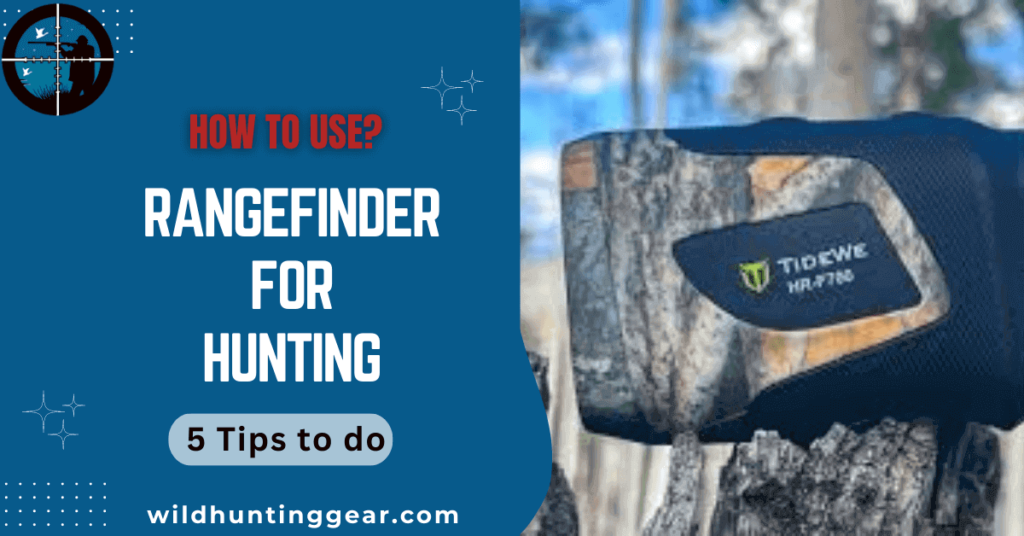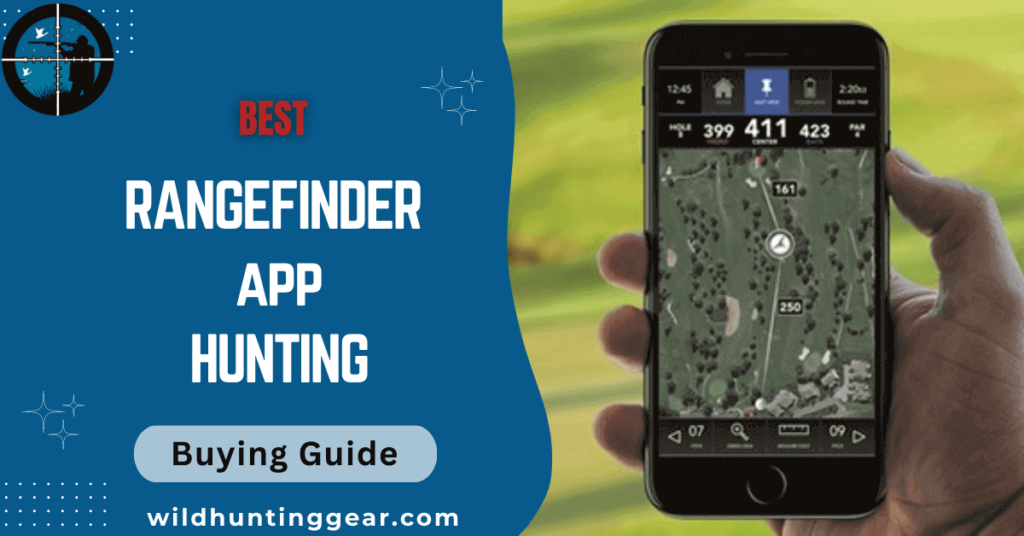When it comes to hunting, precision and accuracy are paramount. One tool that has become indispensable for hunters in recent years is the rangefinder. A rangefinder is a device designed to measure the distance between the hunter and the target, providing crucial information for making accurate shots.
Whether you’re an experienced hunter or just starting out, understanding how to effectively use a rangefinder can greatly enhance your hunting success.
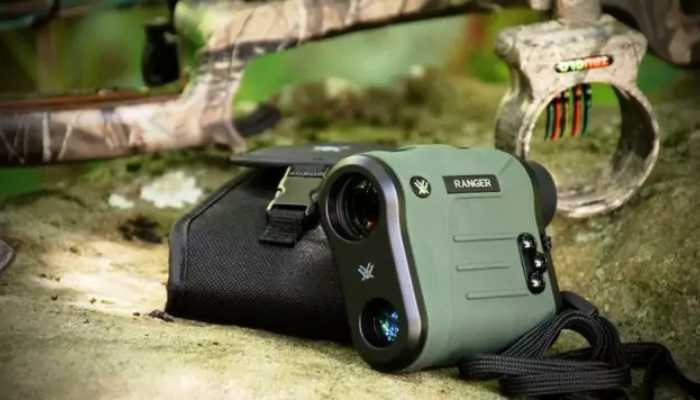
In this blog post, we will explore the fundamentals of using a rangefinder for hunting, including its features, operation and tips for maximizing its effectiveness in the field.
By mastering this valuable tool, you can significantly improve your shooting accuracy and increase your chances of a successful hunt.
How to use a Rangefinder for Hunting?
Using a rangefinder for hunting is an important skill that can help you become a successful hunter. Before heading out to hunt there are a few things to consider when using a rangefinder.
The first step in using your rangefinder is finding the right model.
Different models offer different features and capabilities so you’ll want to pick one that best fits your needs. It’s important to understand how rangefinders work and what features are available before making a purchase.
Related Article: What is laser Rangefinder and How does it work
Once you have the right model you will need to learn how to use it properly. Most modern rangefinders come with detailed instructions on how to get the most out of them. Take time to read the manual and practice using it in different scenarios.
Once you’ve mastered the rangefinder it’s time to put it into practice in the field. When aiming your rangefinder at an object make sure you have a good grip and steady hands. This will ensure that you get an accurate reading of the distance between yourself and your target.
Finally, always double-check rangefinder readings before taking a shot at an animal. A misread could cause serious problems so make sure you are confident in the accuracy of your rangefinder before aiming.
Rangefinders are an invaluable tool for hunters. Knowing how to properly use one can make you a better and more successful hunter. With practice and patience, anyone can learn to become an expert rangefinder user.
Understanding rangefinder features.
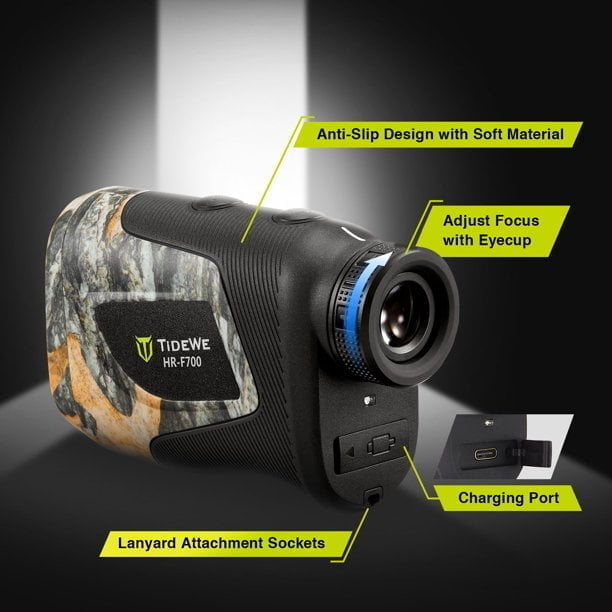
Rangefinders come with a variety of features that can help you get the most out of your photography. Let’s take a look at some of the key features:
- Magnification
This feature allows you to view distant objects more clearly and accurately. The magnification level usually expressed in
millimetres (mm), will determine how close or far away you can see objects. Generally, higher magnification levels are better for capturing distant subjects.
- Angle compensation
This feature helps you get accurate readings of distances when your subject is above or below eye level. This makes it easier to compensate for elevation changes when measuring long distances.
Some rangefinders even have a built-in inclinometer that automatically corrects the angle of the readings.
- Target priority modes
Rangefinders have different modes designed to let you prioritize specific targets. Scan Mode is useful for quickly scanning large areas or tracking moving targets, while Pin mode allows you to lock onto a single target and measure its distance accurately.
- Weather resistance
Many rangefinders are designed to be resistant to inclement weather, such as rain, snow and fog. This means that you can take your rangefinder out into the elements without worrying about it getting damaged.
- Display
Rangefinders come with either an LCD or LED display which makes it easier to read the distance readings in low light conditions. Some rangefinders also have illuminated displays for improved visibility in dark environments.
- Range
The range of a rangefinder determines the maximum distance that it can accurately measure. Some rangefinders have a limited range, while others can measure distances up to several kilometres.
Knowing the content of your device will help you plan accordingly when shooting in different environments.
These are some of the key features you should consider when looking for a rangefinder. With the right device, you can take your photography to the next level and capture stunning images!
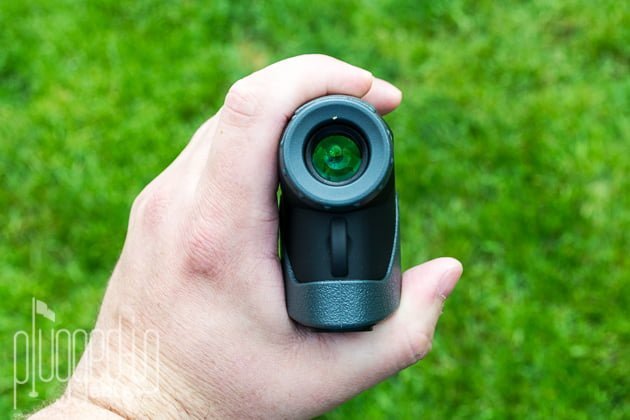
Tips on how to effectively capture targets at different distances with a rangefinder.
When it comes to capturing targets at various distances, using a rangefinder can help you be more accurate and efficient in the field.
Here are some tips on how to best use a rangefinder for this purpose:
- Know your environment
Be familiar with the terrain you’re hunting in and know where you can expect animals to be at different distances. This way, you can accurately set up your rangefinder for those distances and anticipate the target’s movements.
- Utilize multiple aiming points
Take advantage of your rangefinder by using multiple aiming points to get more accurate readings in various conditions. For example, if you have a dense forest or tall grasses around your target, use multiple aiming points at different heights and distances to get a better overall reading.
- Practice
It’s important to practice using your rangefinder in various conditions before heading out into the field. This will ensure that you understand how to best utilize the device and be as accurate as possible when aiming for targets at various distances.
- Use the correct settings
Make sure to adjust the settings of your rangefinder for various environments and distances. This will help you get a more accurate reading and have an easier time in the field.
- Be mindful of wind speed
If there is any wind affecting your target, be sure to consider this when aiming with your rangefinder. Wind can cause your target to move, so make sure you adjust your aim accordingly.
By following these tips, you should be able to effectively and accurately capture targets with your rangefinder at any distance.
Related Article: How Much Wind Is Too Much For Deer Hunting?
Prepare and practice before using rangefinders on hunts
Here is the step to prepare and practice before using rangefinder in hunts:
1. Research and select the right rangefinder
- Consider the rangefinder’s features, such as range, accuracy, magnification and angle compensation.
- Read reviews and compare different models to choose one that suits your hunting needs.
- Ensure the rangefinder is legal for use in your hunting area, as regulations may vary.
2. Familiarize yourself with the rangefinder
- Read the user manual to understand its functions, settings and operation.
- Practice adjusting the focus, using the rangefinder’s buttons and reading the display quickly.
- Learn how to toggle between yards and meters, if applicable.
3. Learn range estimation techniques
- Practice judging distances without using the rangefinder.
- Use known reference points, such as trees, rocks or animal sizes, to estimate distances.
- Compare your estimates with the rangefinder’s readings to improve your accuracy over time.
4. Practice rangefinder usage in various conditions
- Practice using the rangefinder in different lighting conditions: bright sunlight, low light and shadows.
- Try ranging objects at various angles and elevations to understand any potential challenges.
- Experiment with different ranges to get a feel for how the rangefinder performs at short and long distances.
5. Incorporate rangefinder usage into hunting scenarios
- Set up mock hunting scenarios and practice ranging targets quickly and accurately.
- Practice ranging targets from different shooting positions: standing, kneeling or prone.
- Simulate realistic hunting conditions, including wearing appropriate gear and managing environmental factors.
6. Regularly check and calibrate your rangefinder
- Before each hunting trip, check that the rangefinder is functioning correctly and has fresh batteries.
- If your rangefinder allows for calibration, follow the manufacturer’s instructions to ensure accuracy.
- Consider carrying a backup rangefinder or alternative distance estimation methods as a precaution.
By taking the time to properly prepare and practice before a hunt, you can ensure that you get the most accurate range readings possible. With a little bit of effort and knowledge, you’ll be able to make sure that each shot is as precise and successful as possible.
Tips for safely using a rangefinder for hunting
Here are some tips to help make your hunting adventure a successful one:
- Read the user manual carefully before use:
Make sure to read and understand the safety instructions found in your rangefinder’s user manual. Knowing how to use your rangefinder safely can help you avoid accidents or mishaps while in the field.
- Wear eye protection:
Rangefinders emit a laser beam, so you must always wear eye protection when using one. This will help protect your eyes from any potential damage the laser beam may cause.
- Be sure of your target:
Take extra precautions to make sure you have identified your target correctly before taking a shot. Misidentifying your target can lead to serious injury or even death if it turns out to be an animal or another person.
- Follow all regulations:
In some states, there may be specific laws or regulations regarding the use of rangefinders while hunting. Be sure to do your research and follow any applicable regulations to stay safe and legal.
- Have a spotter:
Having an experienced hunter with you can help you get accurate distances and double-check your rangefinder readings. This can help keep you safe from any potential risks associated with misreading a target’s distance.
- Store the rangefinder properly:
When storing the rangefinder, make sure to keep it away from extreme temperatures or moisture. Avoid leaving it exposed to direct sunlight for long periods as this can damage the internal circuitry.
By following these tips, you can help ensure that your hunting experience is a safe and successful one. Always remember to use common sense and take necessary safety precautions before using any type of hunting equipment or tools.
What type of terrain is most suitable for utilizing a rangefinder?
The most suitable type of terrain for a rangefinder is relatively flat and open land where long-distance shots may be necessary. Areas such as open fields and meadows with sparse vegetation are ideal for hunters to use their rangefinders.
Rangefinders can accurately measure distances when minimal objects are obstructing the view from the user’s perspective. If you plan on hunting in heavily wooded areas or brushy fields, however, it may be more difficult to utilize a rangefinder due to obstructions that could interfere with its accuracy.
Related Article: How Accurate is a Rangefinder?
Additionally, hilly or rolling terrain will make obtaining accurate readings slightly more challenging because some terrain features may block the rangefinder’s view. If you are hunting in hilly or rolling terrain, it is best to use a rangefinder with an inclinometer feature as this will help you accurately measure distances that cannot be seen directly from the user’s perspective.
Overall, rangefinders can be used effectively on almost any type of terrain for hunting, however, open land with few obstructions is generally the most suitable and gives you the best chance at obtaining accurate readings.
Rangefinders should also be used in conjunction with other methods such as estimation and experience when gauging distances on more difficult terrains.
This will allow hunters to make better-informed decisions when selecting a shooting position or setting up for a hunt.
Final Words:
Utilizing a rangefinder for hunting is a valuable tool that aids in improving accuracy and precision during the hunting process. By accurately measuring the distance to targets, hunters can make informed decisions about shot placement ensuring humane kills and reducing the risk of injuring animals.
Rangefinders also enable hunters to understand their shooting capabilities, enhancing overall safety in the field. With proper knowledge of how to use a rangefinder effectively hunters can significantly enhance their hunting experience and increase their chances of a successful outing.
